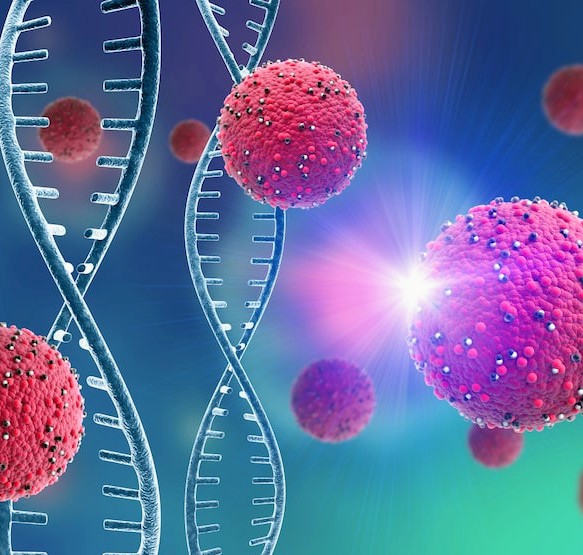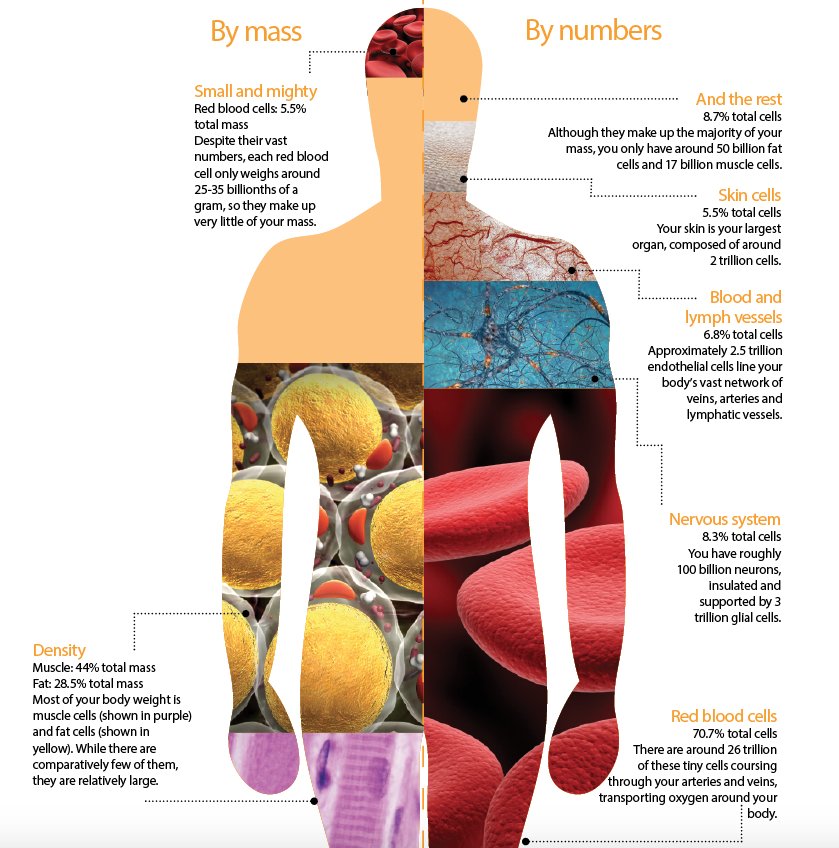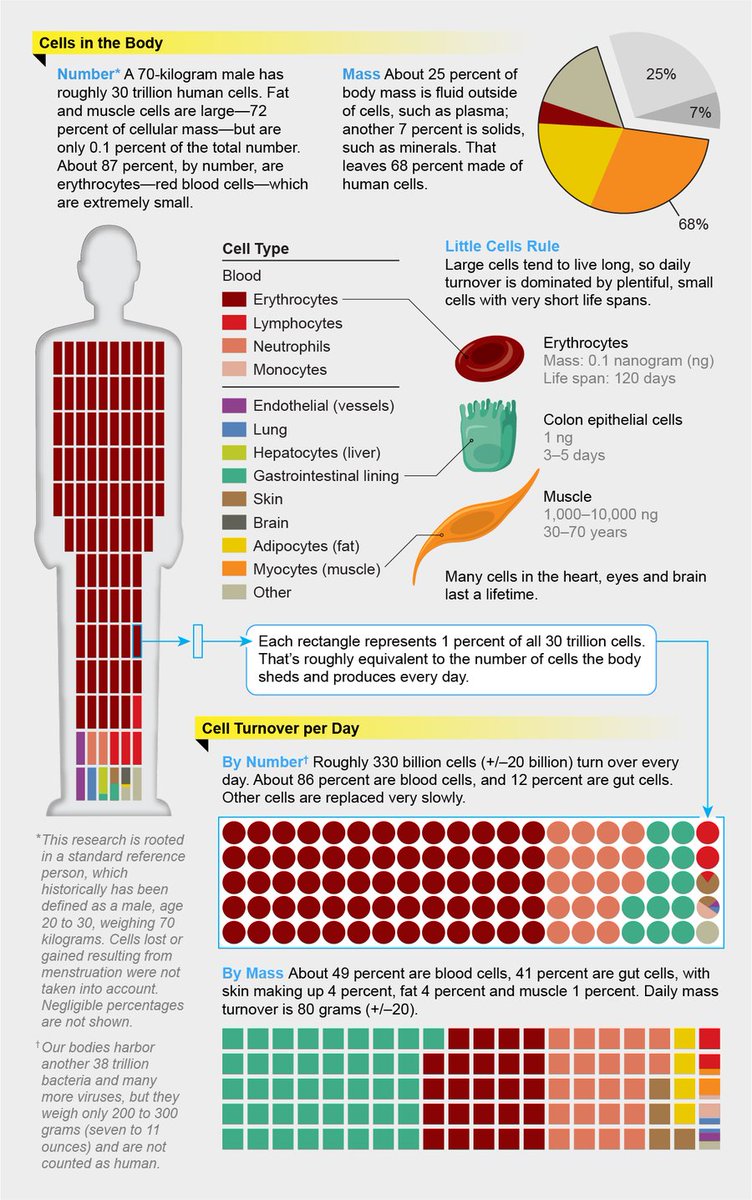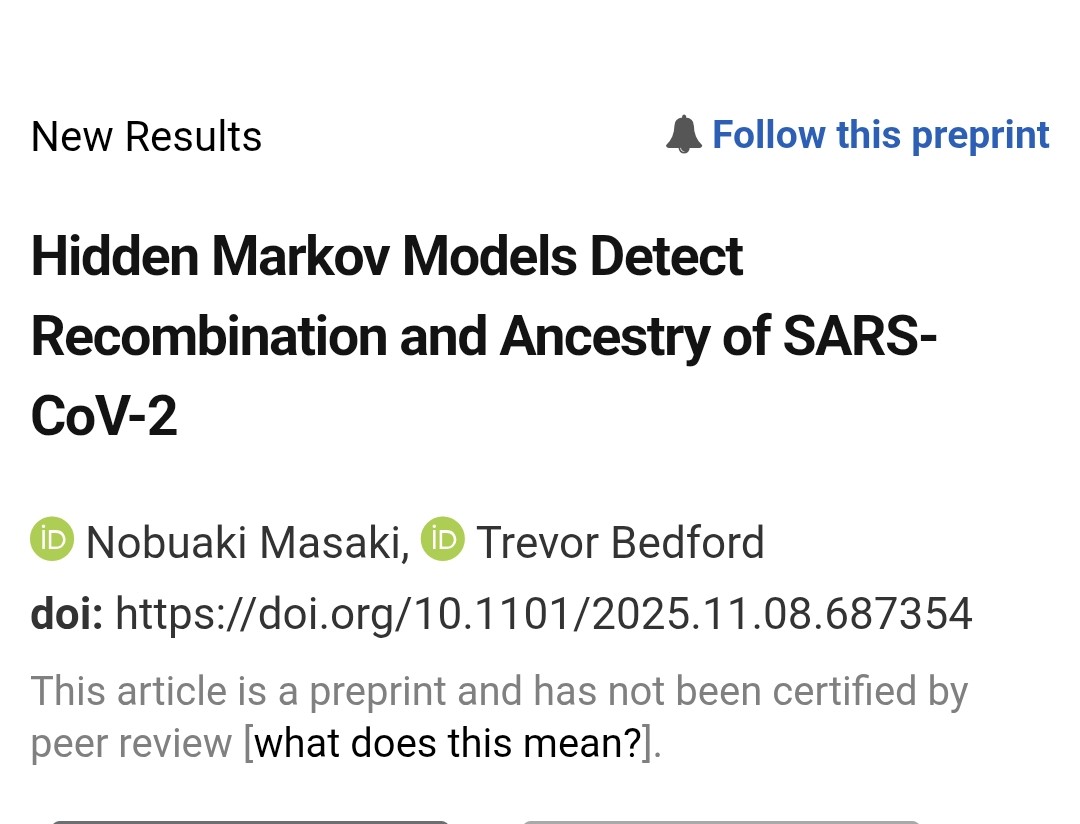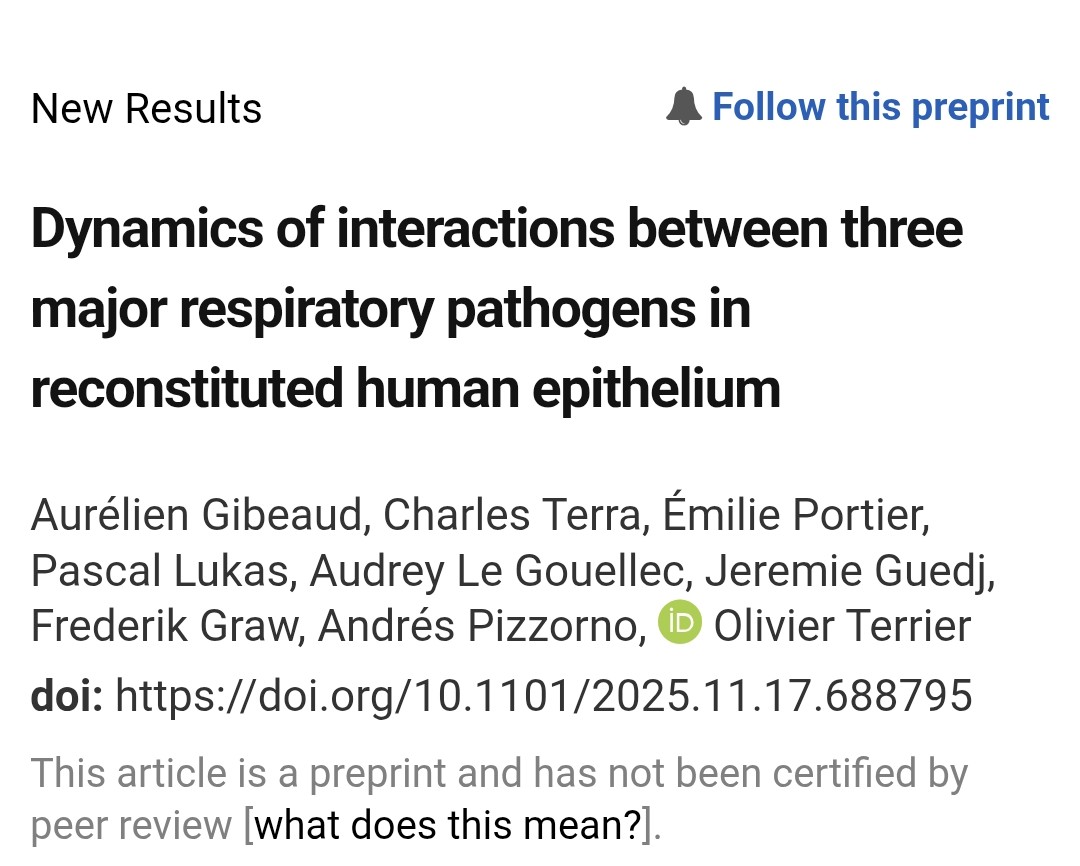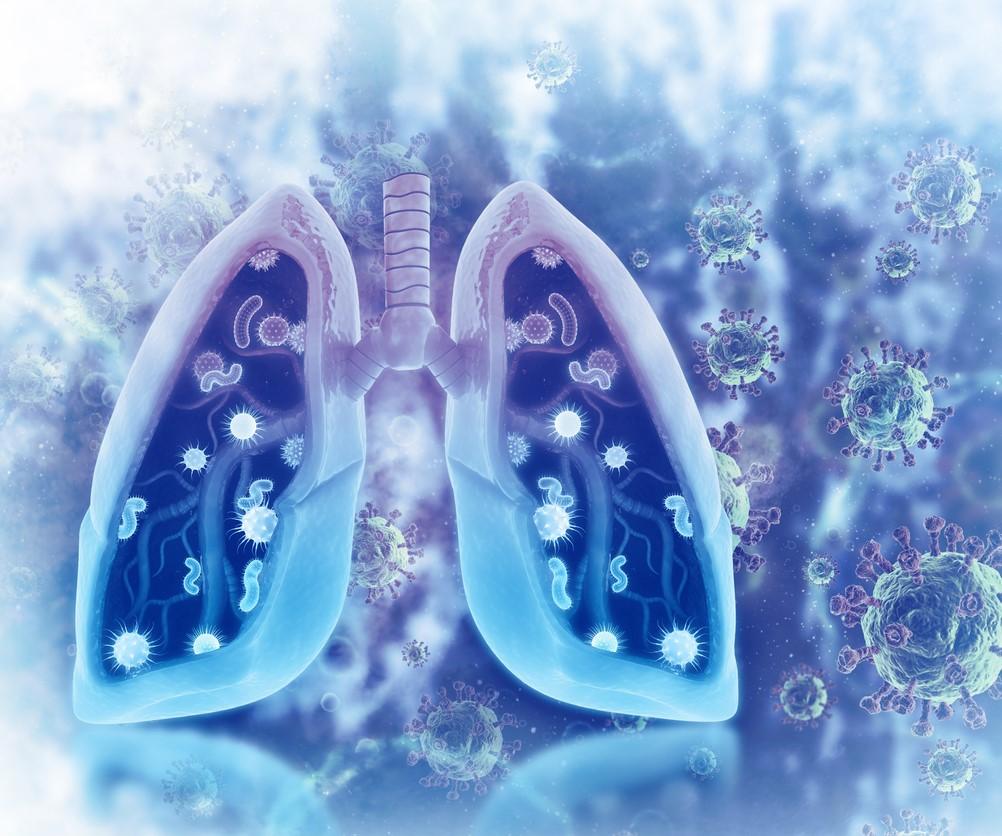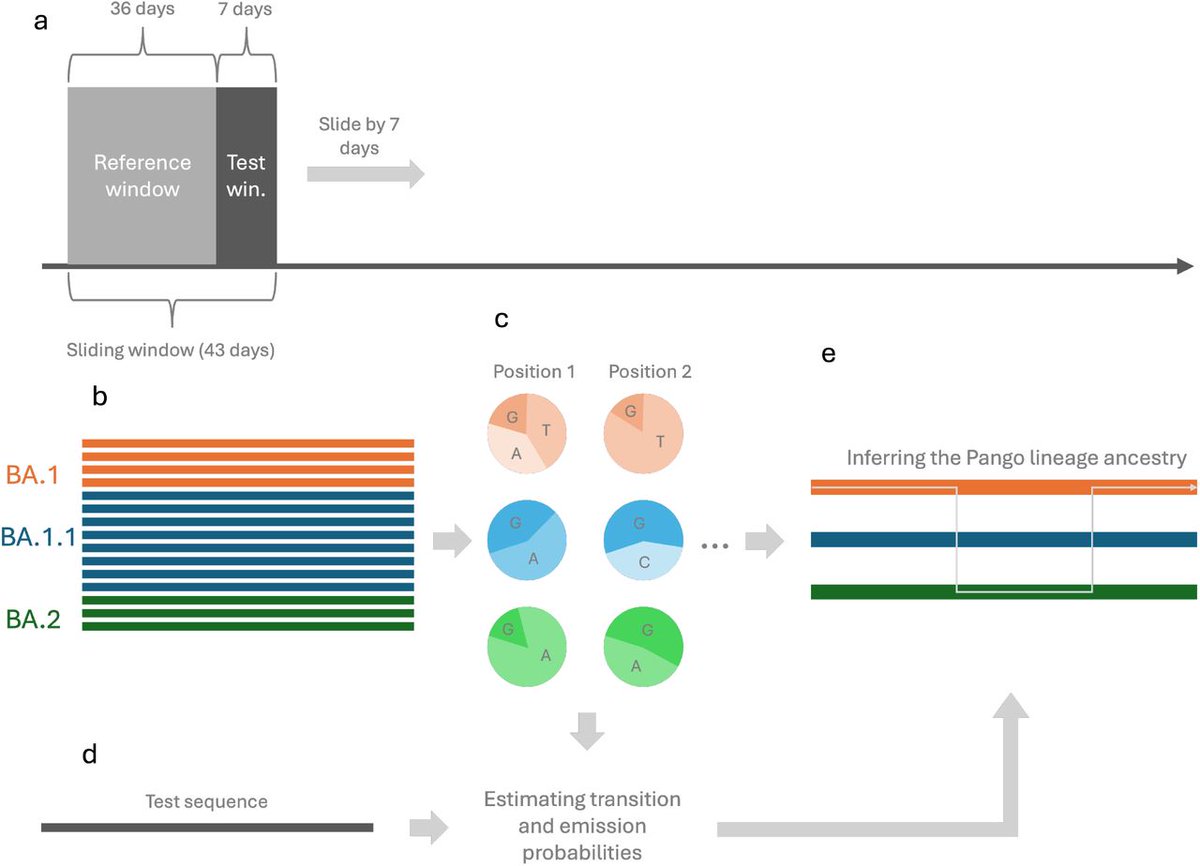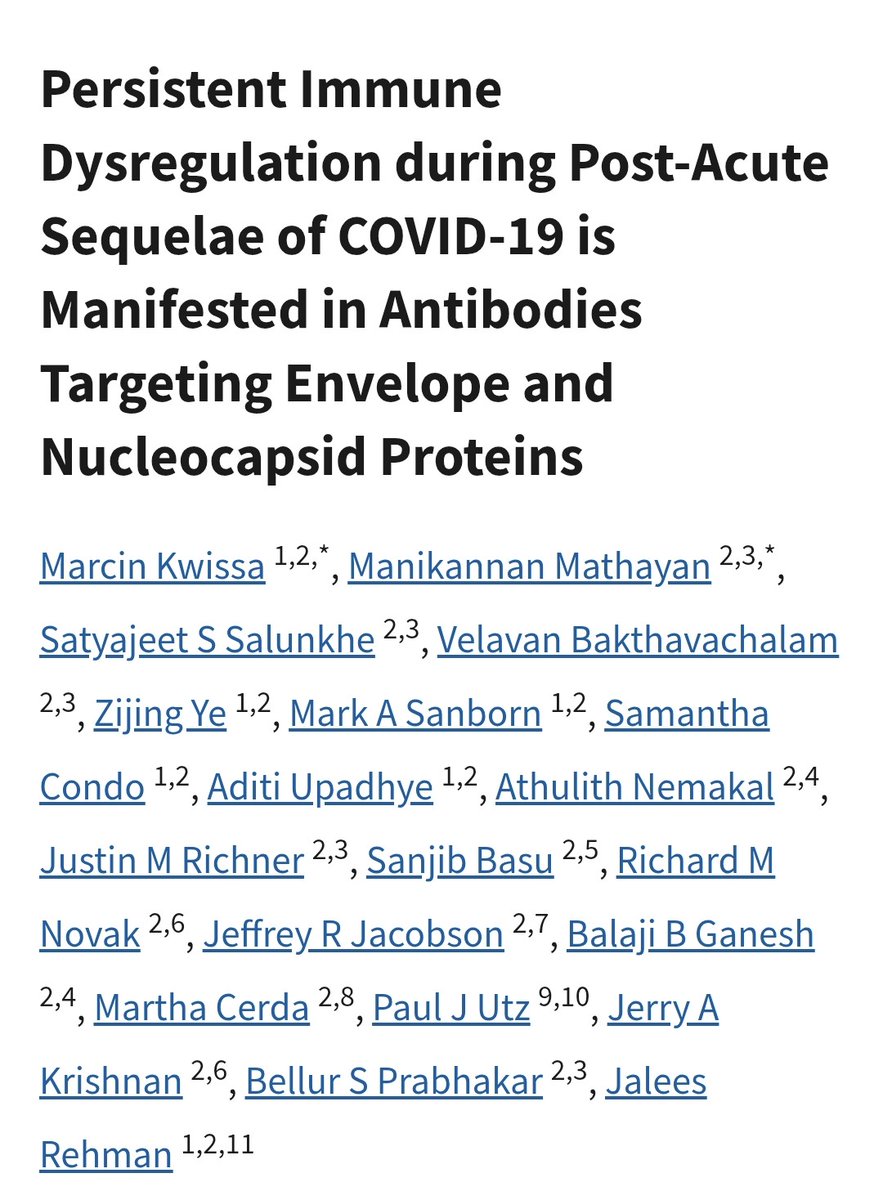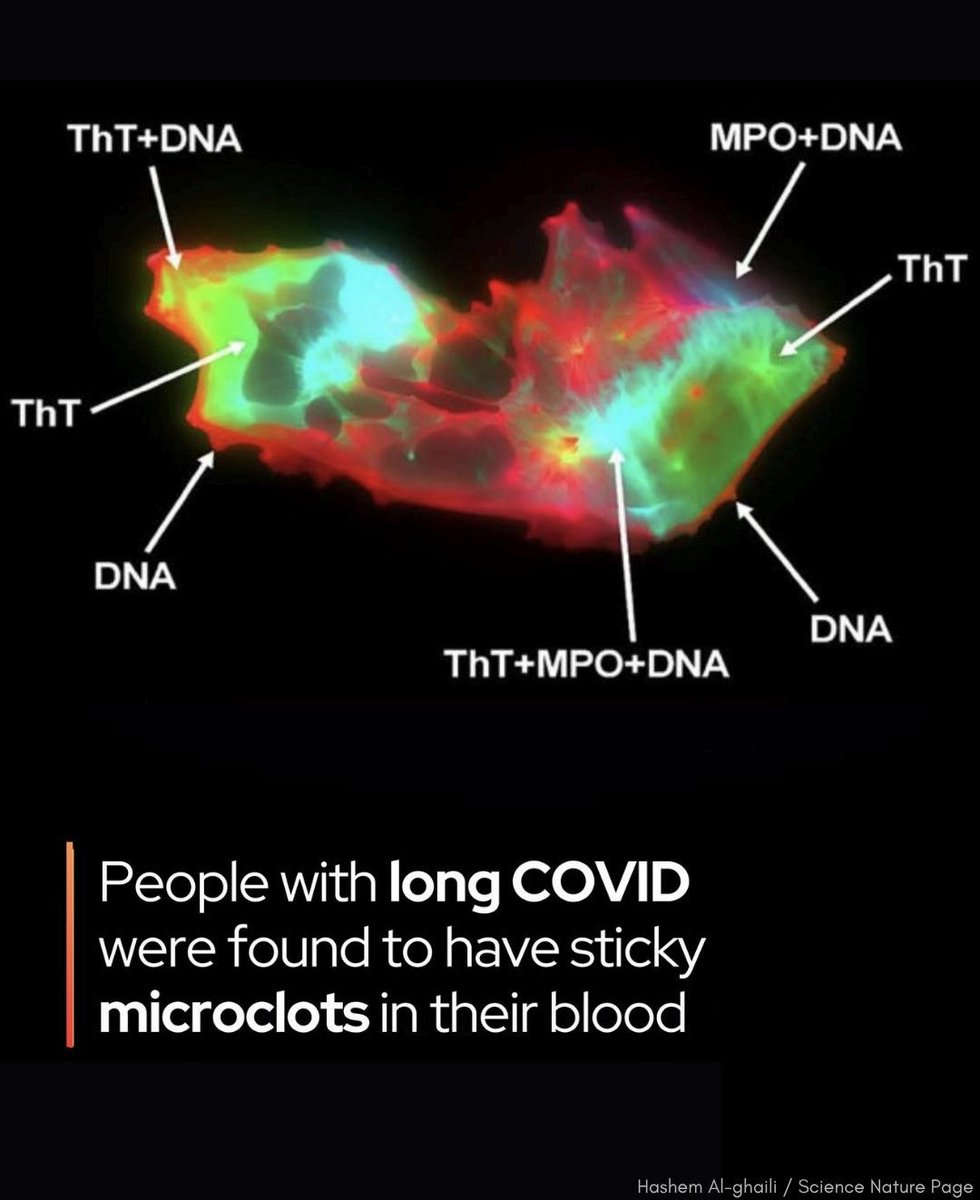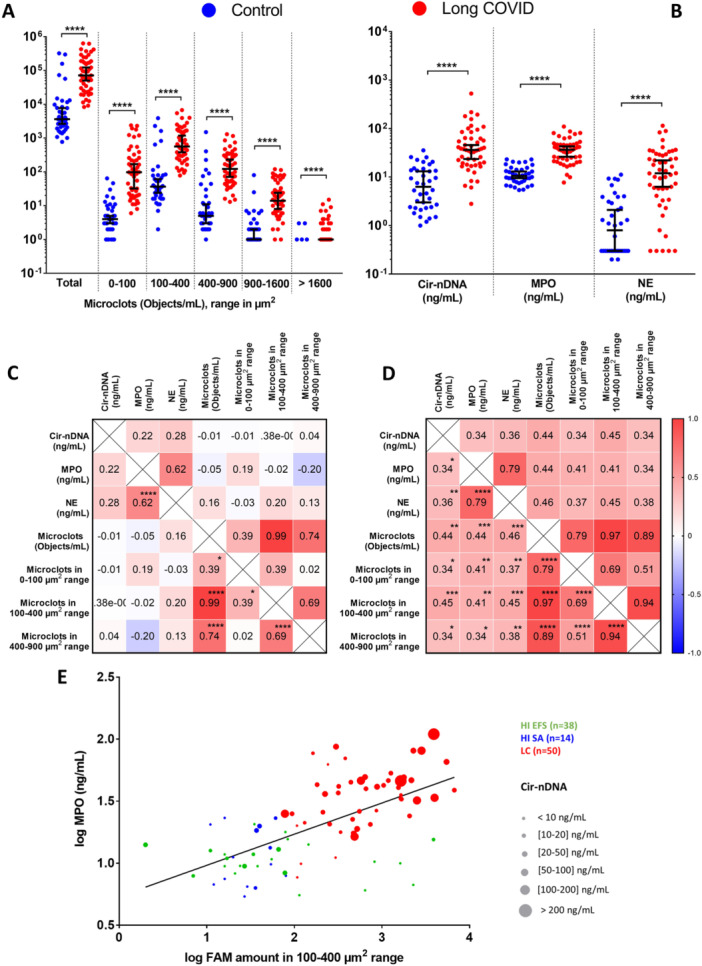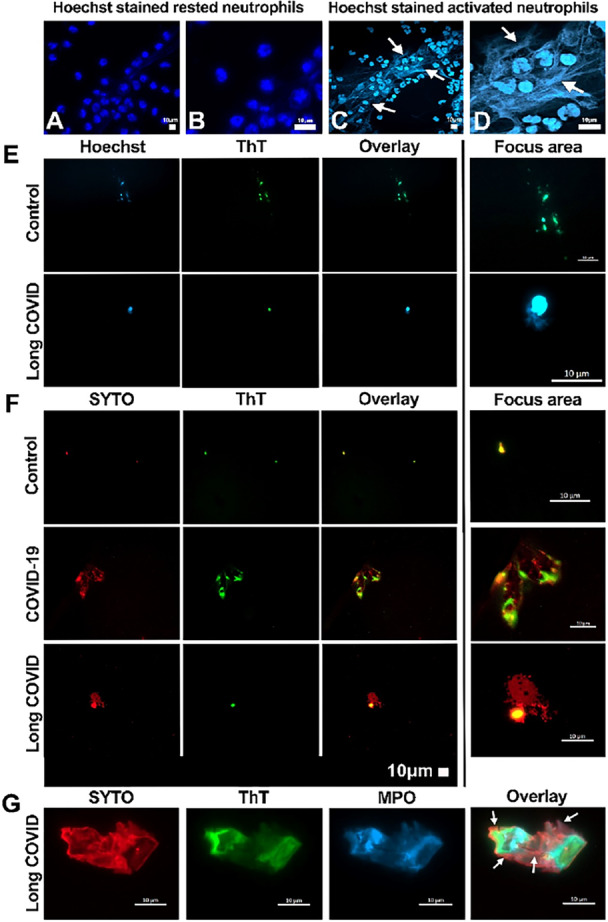𝗜𝗻𝗳𝗲𝗰𝘁𝗶𝗼𝗻 𝘄𝗶𝘁𝗵 𝗦𝗔𝗥𝗦-𝗖𝗼𝗩-2 𝗰𝗮𝗻 𝗰𝗮𝘂𝘀𝗲 𝗽𝗮𝗻𝗰𝗿𝗲𝗮𝘁𝗶𝗰 𝗶𝗺𝗽𝗮𝗶𝗿𝗺𝗲𝗻𝘁
H/t @BagaiDr @falsel_net
nature.com/articles/s4139…

H/t @BagaiDr @falsel_net
nature.com/articles/s4139…
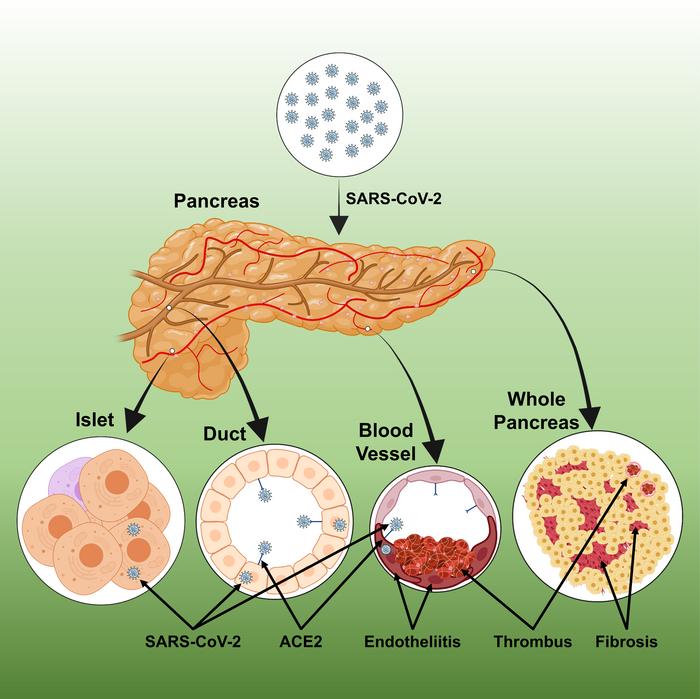
2) SARS-CoV-2 can directly infect cells in the pancreas, including both exocrine and endocrine cells. It is able to infiltrate and infect pancreatic alpha, beta, delta, and pancreatic polypeptide cells. 

3) In adult non-human primates (NHPs), infection causes mild pancreatic phenotypic alterations and signs of insulin resistance. Damage to the pancreas is limited.
In elderly NHPs, infection significantly exacerbates pancreatic pathology and damage. It causes loss of beta cells,
In elderly NHPs, infection significantly exacerbates pancreatic pathology and damage. It causes loss of beta cells,

4) islet amyloidosis, fibrosis, and inflammation - phenotypes resembling types of diabetes. Metabolic dysfunction is also aggravated. COVID vaccination in infected NHPs helps maintain homeostasis of insulin secretion by activating insulin receptors and inhibiting certain proteins 

5) Multi-omics analysis reveals distinct metabolic profiles between adult and elderly infected NHPs, consistent with their pathological phenotypes. Infection triggers insulin resistance and pancreatic impairment genes/pathways. 

6) The risk of diabetes following COVID-19 infection is tied to age. More attention should be paid to blood sugar management in elderly patients. SARS-CoV-2 infection may worsen age-related diabetes-like pathology in the elderly.
In summary, they find that SARS-CoV-2 infection
In summary, they find that SARS-CoV-2 infection

7) ... can damage the pancreas and disrupt glucose metabolism, with effects depending on age, and that vaccination may help mitigate some metabolic impacts. It provides insights into COVID-19's relationship to pancreatic injury and metabolic disorders.
Thanks for reading 🙏
Thanks for reading 🙏

• • •
Missing some Tweet in this thread? You can try to
force a refresh


